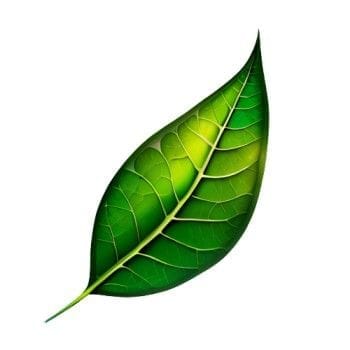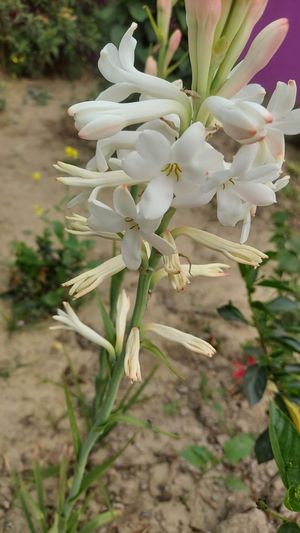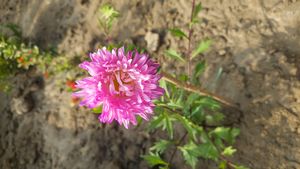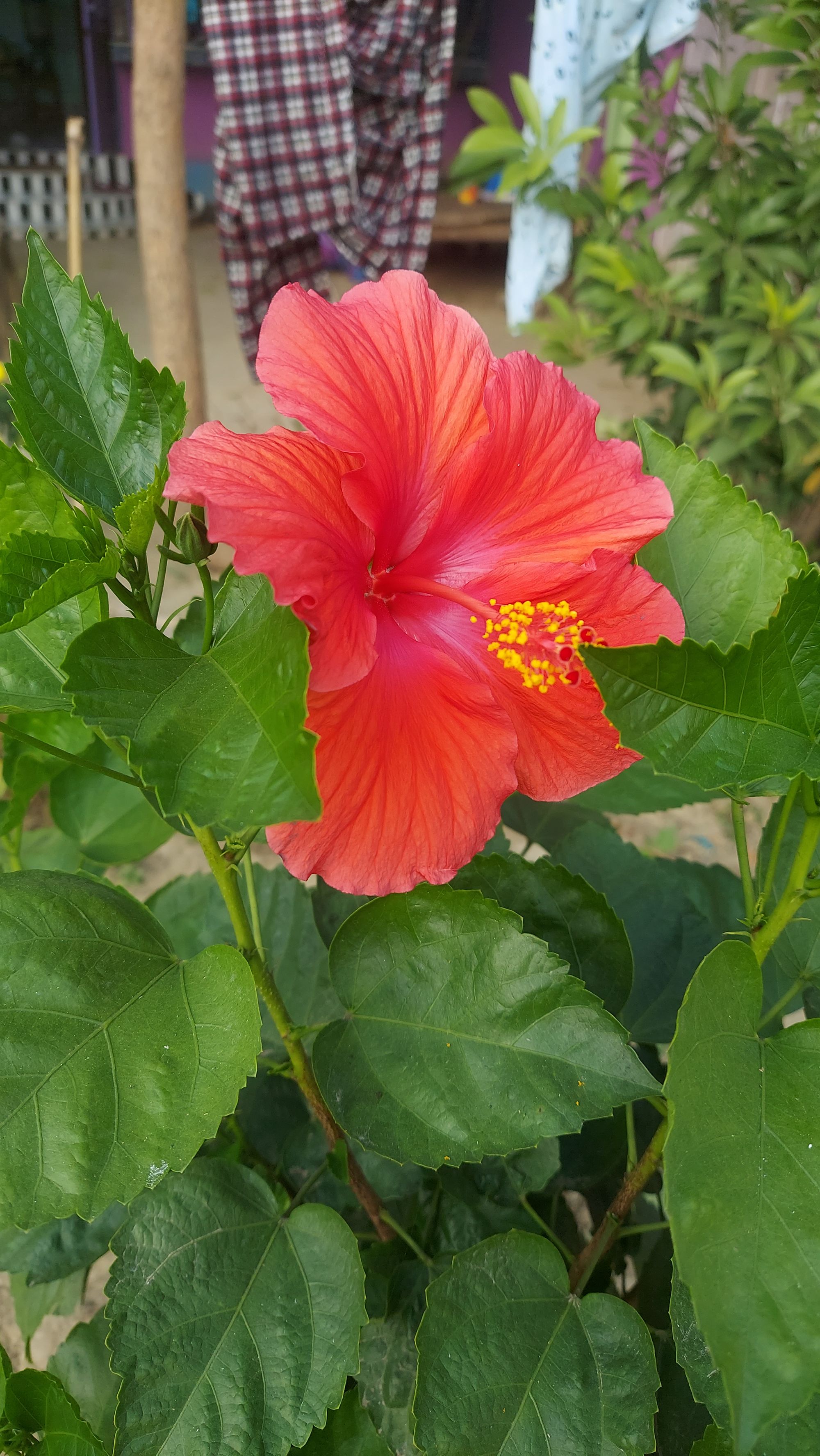
First of all, you are lucky that you are in Florida. Hibiscus can really grow well in Florida. In this article, I will be covering the guide on Hibiscus plant care especially for Florida Gardeners.
Hibiscus plants, a landscaping favorite in Florida for their vibrant flowers, thrive in the state's warm climate. They bloom beautifully from spring through fall, and with the right care specific to Florida's environment, they can grow robustly.
Hibiscus Varietal Differences in Florida
| Variety | Flower Color | Bloom Size | Ideal Growing Conditions | Resistance to Pests |
|---|---|---|---|---|
| Hibiscus rosa-sinensis | Red, Pink, White, Yellow | 4-6 inches | Full Sun, Well-drained Soil | Moderate |
| Hibiscus moscheutos | White, Pink, Red | 6-12 inches | Full Sun, Moist Soil | High |
| Hibiscus syriacus | Blue, White, Pink | 3-5 inches | Partial Shade, Tolerates Drier Soils | Low |
| Hibiscus coccineus | Scarlet Red | 5-7 inches | Full Sun, Wetlands | High |
| Hibiscus acetosella | Red, Burgundy | 3-5 inches | Full Sun, Moist Soil | Moderate |
Among all the varieties I love this mini Hibiscus. You will fall in love with the color:
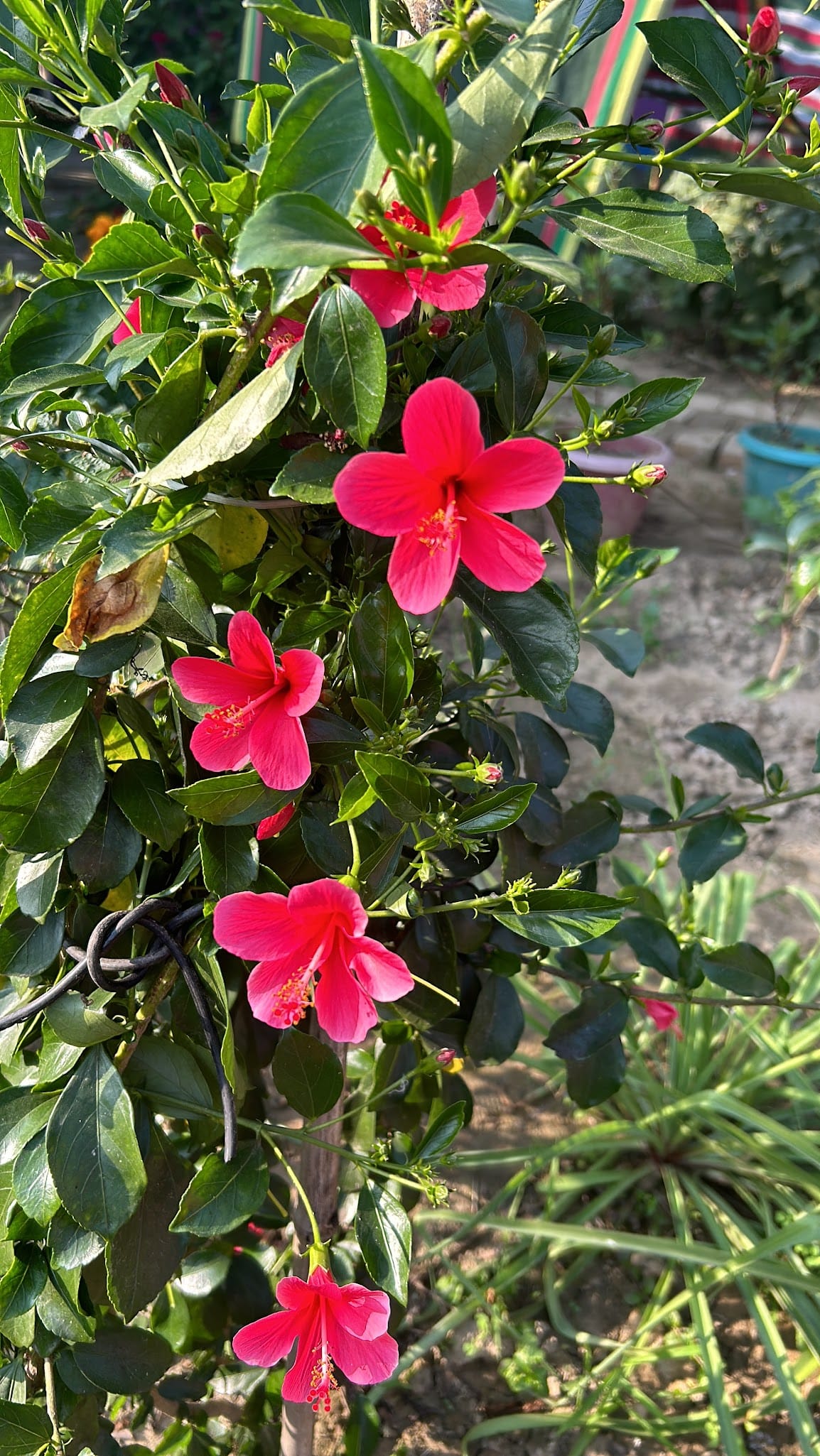
Hibiscus Planting Care in Florida
I will cover these in my caring guide:
- Placement of your plant
- Watering
- Fertilizer that you should consider for your Hibiscus
- Get to know common insects and pests and some common diseases.
Considering Florida's sandy soil, plant Hibiscus with their full-grown size in mind, typically spacing them three to four feet apart. This spacing is ideal for Florida's environment, ensuring proper air circulation and growth.
Ideal Placement for Hibiscus
Selecting the right spot is key to growing Hibiscus in Florida. They are excellent as informal hedges, foundation plants, or as garden backdrops. In Florida's climate, they are not suited for formal, sheared hedges. For a harmonious look, especially in Florida's diverse gardens, stick to a consistent variety and color in mass plantings.
Watering Your Hibiscus
In Florida, Hibiscus plants need careful watering after planting until they're established. Afterward, a weekly watering schedule suits Florida's weather, though adjustments may be needed during particularly dry or rainy periods. Well-drained soil is crucial, as Florida's frequent rains can lead to overwatering.
Fertilizing Hibiscus in Florida
For Hibiscus in Florida, regular fertilization is key. The state's growing conditions call for fertilization four times a year: early spring, post-initial growth, mid-summer, and autumn. A fertilizer formulated for shrubs is most effective in Florida's soil type.
Managing Insects on Hibiscus in Florida
In Florida's humid climate, pests like aphids, whiteflies, thrips, spider mites, and mealybugs are common threats to Hibiscus. Regular inspection and treatment with suitable insecticides are crucial for maintaining plant health in this environment.
Bonus Tip: Believe me, you are going to face Mealybugs due to the warm and humid climate of Florida. If you are from South Florida then keep neem oil and Alcohol with you, as you can treat Mealybugs with those.
Disease Prevention in Hibiscus
In Florida, Hibiscus are prone to diseases such as canker, root rot, and leaf spot. Controlling these involves proper pruning, adjusting watering practices to suit Florida's weather, and using fungicides when necessary.
Dealing with Yellowing Leaves
Yellow leaves on Hibiscus plants are a normal occurrence, especially in Florida's varied climate. Removing these leaves helps maintain a healthy appearance.
Preventing Bud Drop in Hibiscus
Bud drop in Hibiscus, a common issue in Florida, can result from environmental stressors like thrips, improper watering, drought, or saltwater spray. Regular care and appropriate treatments can minimize this problem in Florida's unique climate.
Summary of Hibiscus Care in Florida
Proper care, including suitable placement, regular watering, fertilization, and diligent pest and disease control, is essential for growing Hibiscus in Florida. This regimen ensures that these colorful plants remain a vibrant part of Florida's lush landscapes.
If you like what you read, subscribe to the site. It motivates me to write more on Florida Gardening.
